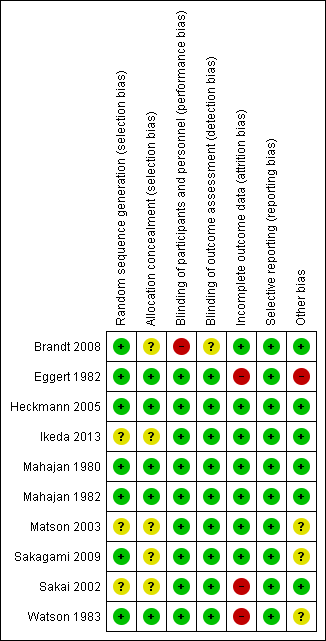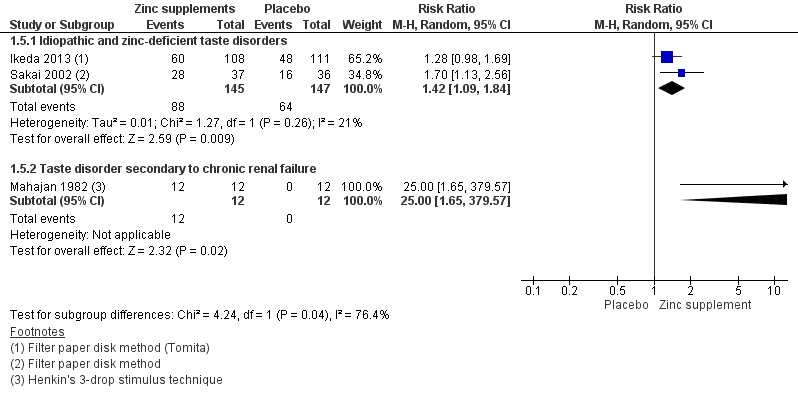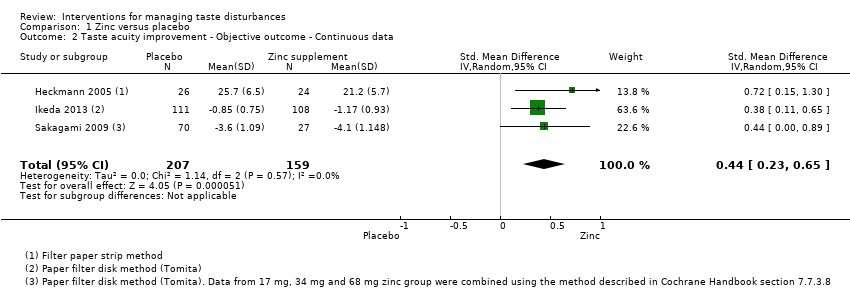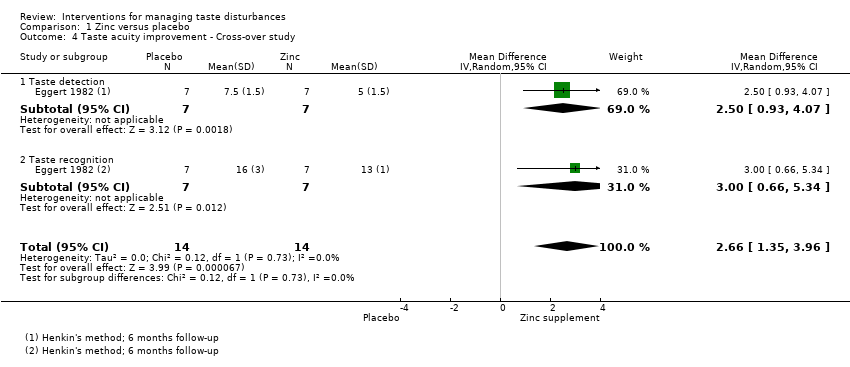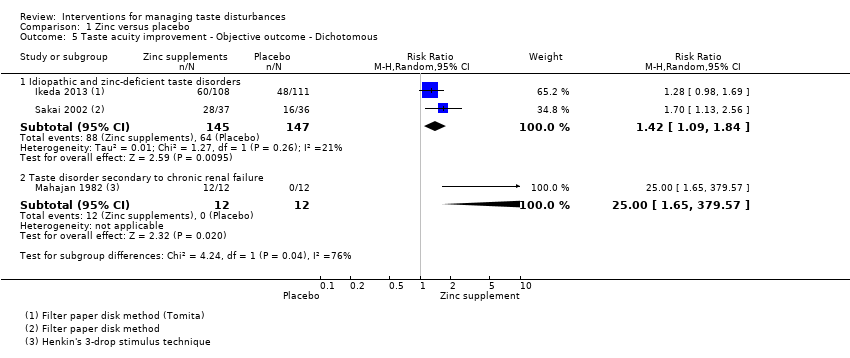Contenido relacionado
Revisiones y protocolos relacionados
Philip Riley, Anne‐Marie Glenny, Fang Hua, Helen V Worthington | 31 julio 2017
Marco Esposito, Maria Gabriella Grusovin, Helen V Worthington | 18 enero 2012
Jennifer Taylor, Anne‐Marie Glenny, Tanya Walsh, Paul Brocklehurst, Philip Riley, Rachel Gorodkin, Michael N Pemberton | 25 septiembre 2014
Roddy McMillan, Heli Forssell, John AG Buchanan, Anne‐Marie Glenny, Jo C Weldon, Joanna M Zakrzewska | 18 noviembre 2016
Sumanth Kumbargere Nagraj, Prashanti Eachempati, Eswara Uma, Vijendra Pal Singh, Noorliza Mastura Ismail, Eby Varghese | 11 diciembre 2019
Aoife B Monk, Jayne E Harrison, Helen V Worthington, Annabel Teague | 28 noviembre 2017
Kelvin KW Chan, Anne‐Marie Glenny, Jo C Weldon, Susan Furness, Helen V Worthington, Helen Wakeford | 1 diciembre 2015
Padhraig S Fleming, Hardus Strydom, Christos Katsaros, LCI MacDonald, Michele Curatolo, Piotr Fudalej, Nikolaos Pandis | 23 diciembre 2016
Mina Mahdian, Soodabeh Behboodi, Yumi Ogata, Zuhair S Natto | 13 julio 2021
Helen R Mujakperuo, Margaret Watson, Roderick Morrison, Tatiana V Macfarlane | 6 octubre 2010


